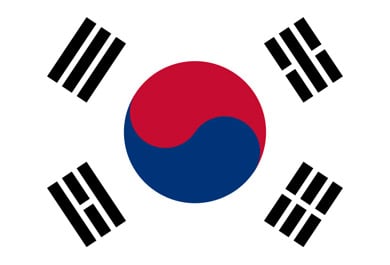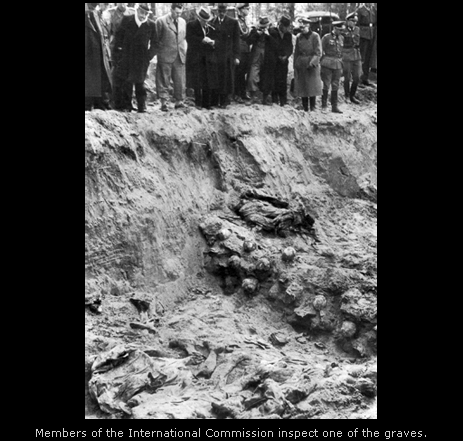The Korea documentary made some brief mentions of Syngman Rhee, the first president of South Korea. It noted that he wasn't as benevolent as his genial appearance made him out to be. Based on what the documentary said, it seemed like Rhee was heavy-handed in his tactics, so I was curious about what kind of government he led in South Korea, the supposedly democratic half of Korea.
Rhee was most definitely anti-communist, but he was also a strongman who ruled for three terms, lasting from August 1948 to April 1960. He was born in 1875 and moved to the US in 1904. He returned to Korea in 1945. By this time, he had already led a very eventful life, such as being arrested in plots to assassinate the Korean emperor and empress and becoming president of the Korean Provisional Government in Shanghai.
After World War II, Rhee was the only Korean leader known by Americans, so he returned to Korea before the other members of the new Korean government. Once there, he campaigned for immediate independence and unification of the country. He built up a massive political organization that was supported by strong-arm groups and a following among the police. The assassinations of the major moderate leaders made Rhee the most influential leader remaining and allowed him and his party to win the elections in South Korea. He was elected President of the Republic of Korea in 1948.
Soon after assuming the presidency of the new Republic of Korea, he enacted laws that curtailed political dissent, setting the tone for his authoritarian regime. He did not tolerate opposition to his program. Not only did he curb criticism, he also allowed the detainment and torture of suspected communists and suspected North Korean agents, as well as several massacres.
He used his dictatorial powers to purge the National Assembly of members who opposed him; outlawed the opposition party; and controlled the appointment of mayors, village headmen, and chiefs of police.
There was widespread discontent in the National Assembly with his corruption and political repression, so to ensure his re-election in 1952, Rhee pushed through an amendment that would allow the president to be elected by direct voting instead of by members of the National Assembly. Actually, the National Assembly had rejected it at first, but Rhee ordered a mass arrest of opposition politicians and then got it passed.
Despite his authoritarian policies, Rhee was ousted in 1960 over claims of election fraud. Student-led demonstrations, heavy casualties, and the unanimous vote by the National Assembly and by the United States all contributed to his removal from power. The United States snuck him and his family to Hawaii, where he lived in exile until his death in 1965.




















